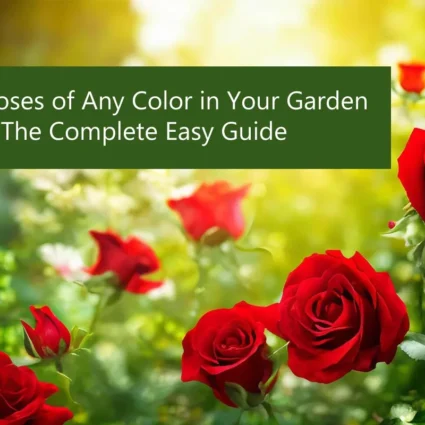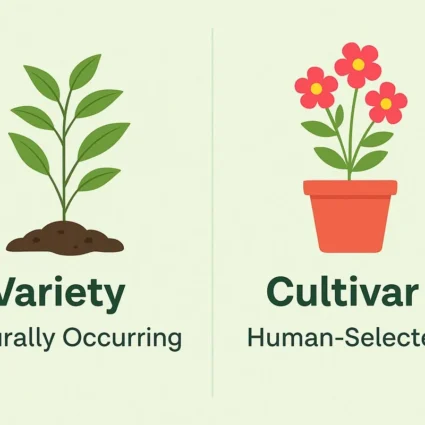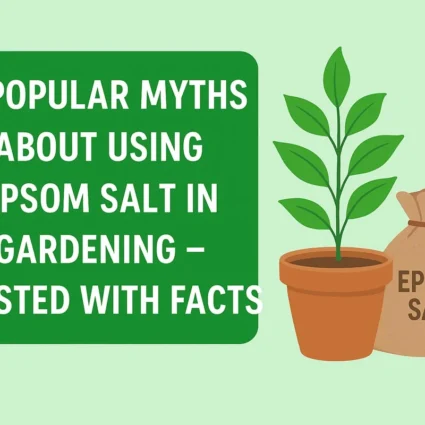
Mastering Potting Soil: The Ultimate Guide to Knowing When and How to Change It
Potting soil is the lifeblood of your indoor and outdoor plants, providing essential nutrients, aeration, and moisture retention. Over time, however, even the best potting soil can become depleted, compacted, or overrun with pests and diseases. Knowing when and how to change your potting soil is crucial for maintaining the health and vitality of your plants. In this comprehensive guide, we’ll explore everything you need to know about recognizing the signs it’s time for a change, selecting the right soil, and the step-by-step process of repotting.
When to Change Potting Soil:
Frequency:
The frequency of changing potting soil varies based on factors like plant species, pot size, and environmental conditions. Typically, houseplants benefit from repotting every 1-2 years to maintain optimal health. This timeframe allows for refreshing nutrients, preventing soil compaction, and ensuring adequate root space. However, some fast-growing plants or those with vigorous root systems may require more frequent repotting, while others may thrive for longer periods without intervention. Regularly assessing your plants’ growth and soil condition will help determine the best schedule for refreshing potting soil and promoting vibrant, thriving indoor greenery.
Also Read This :4 DIY Organic Fertilizers: Easy Recipes for a Thriving Garden
Signs of Degradation:
Be vigilant for signs signaling the need to change potting soil: compacted soil hindering water penetration, inadequate drainage causing waterlogging, yellowing leaves indicating nutrient depletion, stunted growth due to root congestion, and any foul odors emanating from the soil, signaling potential disease or decay.
Seasonal Considerations:
Timing is crucial for repotting plants: opt for spring when plants are gearing up for active growth, maximizing their ability to establish in new soil. Alternatively, repot in fall before plants enter dormancy, ensuring they have fresh soil to support them through the resting phase, promoting healthier growth come spring.
Also Read This : Enhance Your Curb Appeal: Front Door Plants for a Showstopping Entrance

How to Change Potting Soil:
Prepare Your Workspace: Gather all necessary materials including new potting soil, pots, gloves, and a tarp or newspaper to minimize mess.
Choose the Right Soil: Select a high-quality potting mix appropriate for your specific plants, considering factors such as drainage, aeration, and nutrient content.
Remove the Plant: Carefully remove the plant from its current pot, being gentle to avoid damaging the roots.
Inspect the Roots: Take this opportunity to inspect the plant’s roots for signs of root rot, pest infestations, or overcrowding. Trim away any damaged or excessively long roots.
Clean the Pot: Thoroughly clean the old pot with warm, soapy water to remove any debris or pathogens.
Add Fresh Soil: Fill the bottom of the clean pot with a layer of fresh potting soil, ensuring there’s enough room for the plant’s roots.
Repot the Plant: Place the plant in the center of the pot and fill in the sides with additional potting soil, gently firming it around the roots.
Water and Care: Water the newly potted plant thoroughly and place it in an appropriate location with the right light and temperature conditions.
Also Read This :10 Summer Houseplants That Thrive on Neglect: Minimal Maintenance, Maximum Greenery!
Tips for Success:
Use Containers with Drainage Holes: Ensure your pots have adequate drainage holes to prevent waterlogging and root rot.
Choose the Right Size Pot: Select a pot that’s slightly larger than the plant’s current container to allow for growth, but not too large to risk waterlogging.
Consider Soil Amendments: Depending on your plants’ specific needs, you may want to add soil amendments such as perlite, vermiculite, or compost to improve drainage and nutrient retention.
Monitor Plant Health: Keep an eye on your plants after repotting to ensure they adjust well to their new environment. Adjust watering and lighting as needed.
Rotate Plants: Periodically rotate your plants to ensure even growth and exposure to light.
Also Read This :4 Easy Tips to Shield Your Tulsi Plant from Harsh Sunlight
Mastering the art of potting soil management is essential for maintaining healthy and thriving plants. By understanding when and how to change your potting soil, you can ensure your plants receive the nutrients and support they need to flourish. Remember to regularly monitor your plants for signs of degradation and provide them with the care they deserve. With the knowledge gained from this guide, you’ll be well-equipped to keep your indoor and outdoor garden vibrant and beautiful for years to come.




